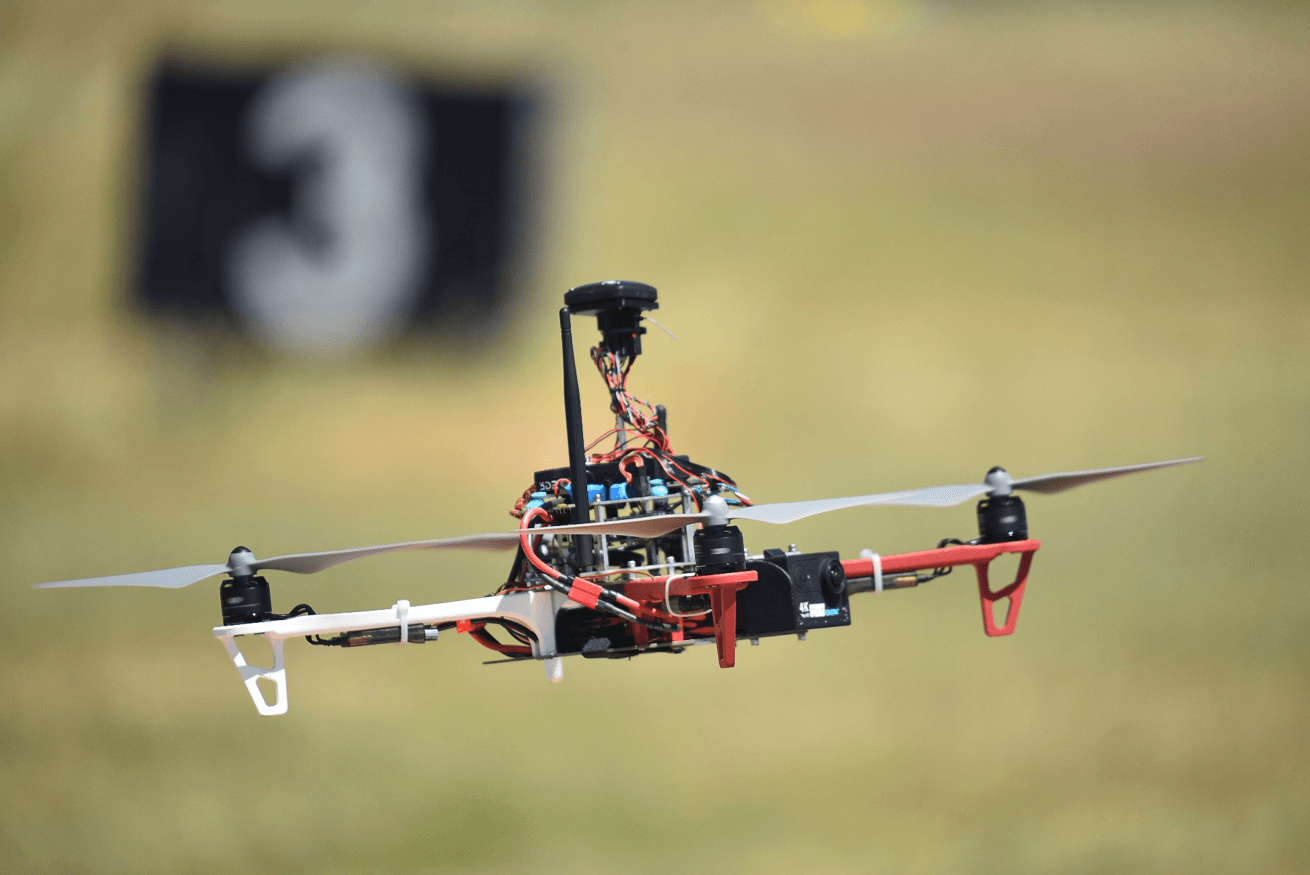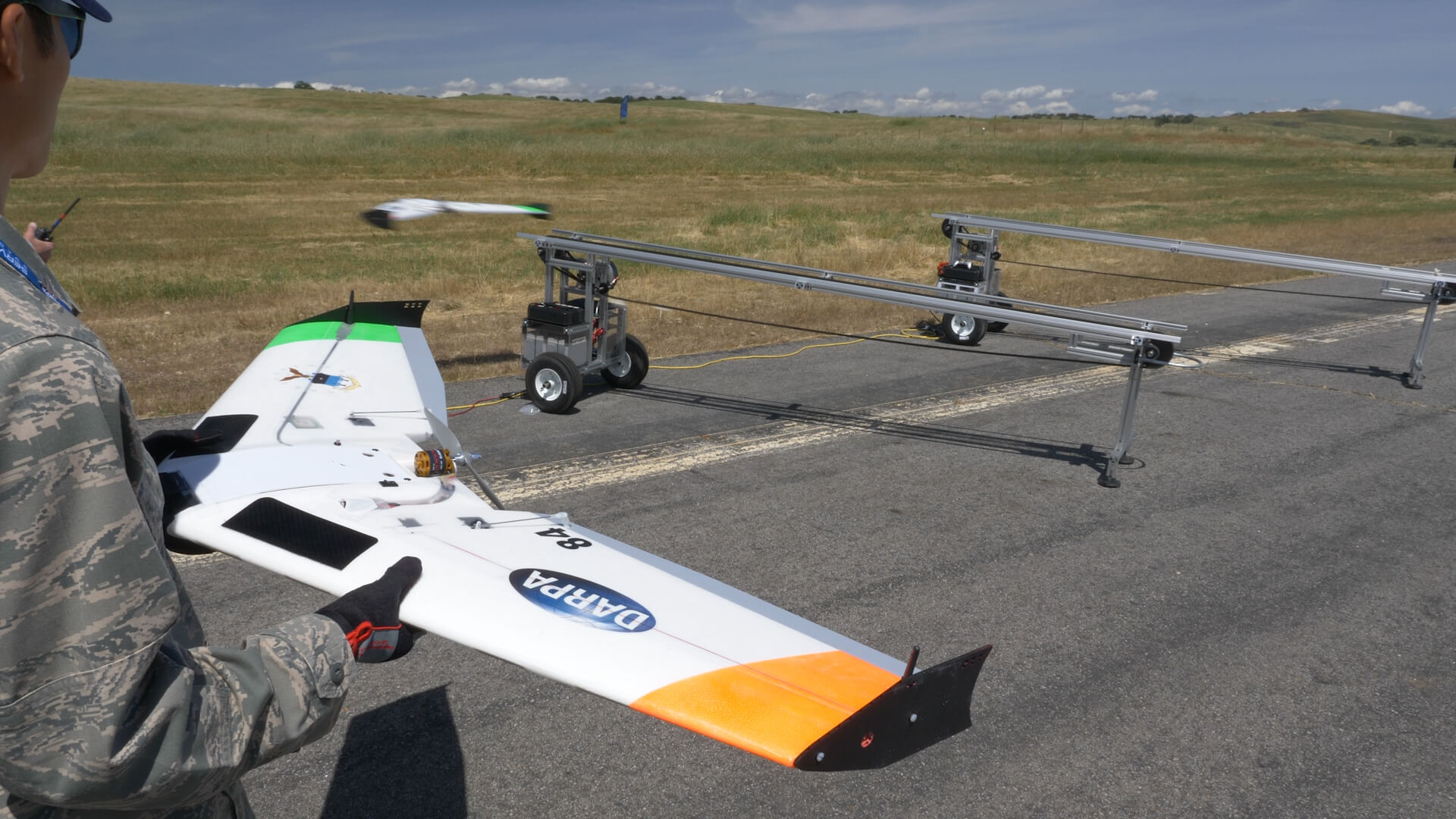Cadets and midshipmen from the U.S. Air Force Academy, the Military Academy, and the Naval Academy, battled each other using 20 fixed-wing and 20 quad-rotor small unmanned aerial vehicles to protect a target or “flag” on the ground during two 30-minute battles.
“Air Force was ahead until the final few minutes but was barely edged-out by Navy,” said Del Christman, an assistant computer science professor at the Academy.
The competition stems from research by cadets and midshipmen to develop offensive and defensive tactics for swarms of small-UASs, said Maj. Gen. Scott Vander Hamm, assistant deputy chief of staff for Air Force Operations. The general traveled to Camp Roberts to observe the competition.
“The event met DARPA’s objectives and demonstrated solid progress in autonomous UAV swarm capabilities and tactics — from ‘Dorm to Swarm’ in eight months, Vander Hamm said. “Although the midshipmen narrowly edged ‘Team USAFA’ for the overall win, our Air Force Academy cadets demonstrated remarkable innovations in several areas, including augmented reality, virtual reality, cyber operations and unmanned aerial systems-swarm tactics development.”

The DARPA develops military technology for the Defense Department.
“The major advantages of [Swarm] technology is that a military can leverage cheap, unmanned military assets that can be brought to bear on an adversary at minimal cost in terms of life and finances,” Christman said. “These assets are also extremely flexible in the number of roles and missions to which they can be applied. Their size makes them hard to detect and react to.”
Cadets on the Academy’s Swarm team are pursuing bachelors in computer science, computer network security, electrical engineering, computer engineering, systems engineering, and military and strategic studies majors.
“The Air Force Academy team was the only team to involve military studies majors,” he said. “They were super-motivated and exceeded expectations of every kind to push this emerging technology into reality,” Christman said.
Vander Hamm said the competition, and research into swarm technology, is a boon to the service academies.
“When I heard that DARPA was doing a Challenge and to include the service academies, I thought, ‘What better way to find out what innovative approaches they might take to tackle this problem set to deal with the same problem I’m dealing with, when I think about what’s going on downrange protecting our soldiers, sailors, Airmen, and Marines in the field?’ The technology is adapting very fast. I think this challenge was a ‘shot in the arm’ to push us in the right direction.”
